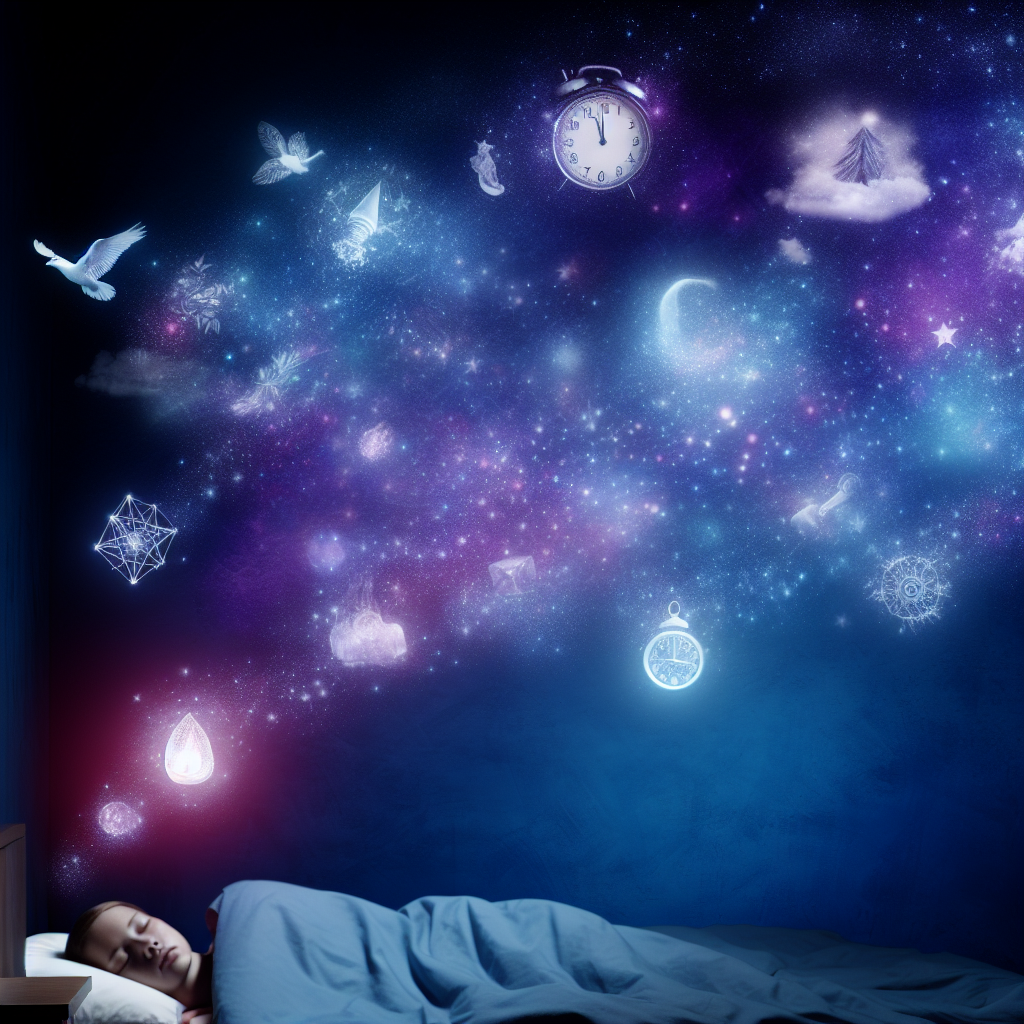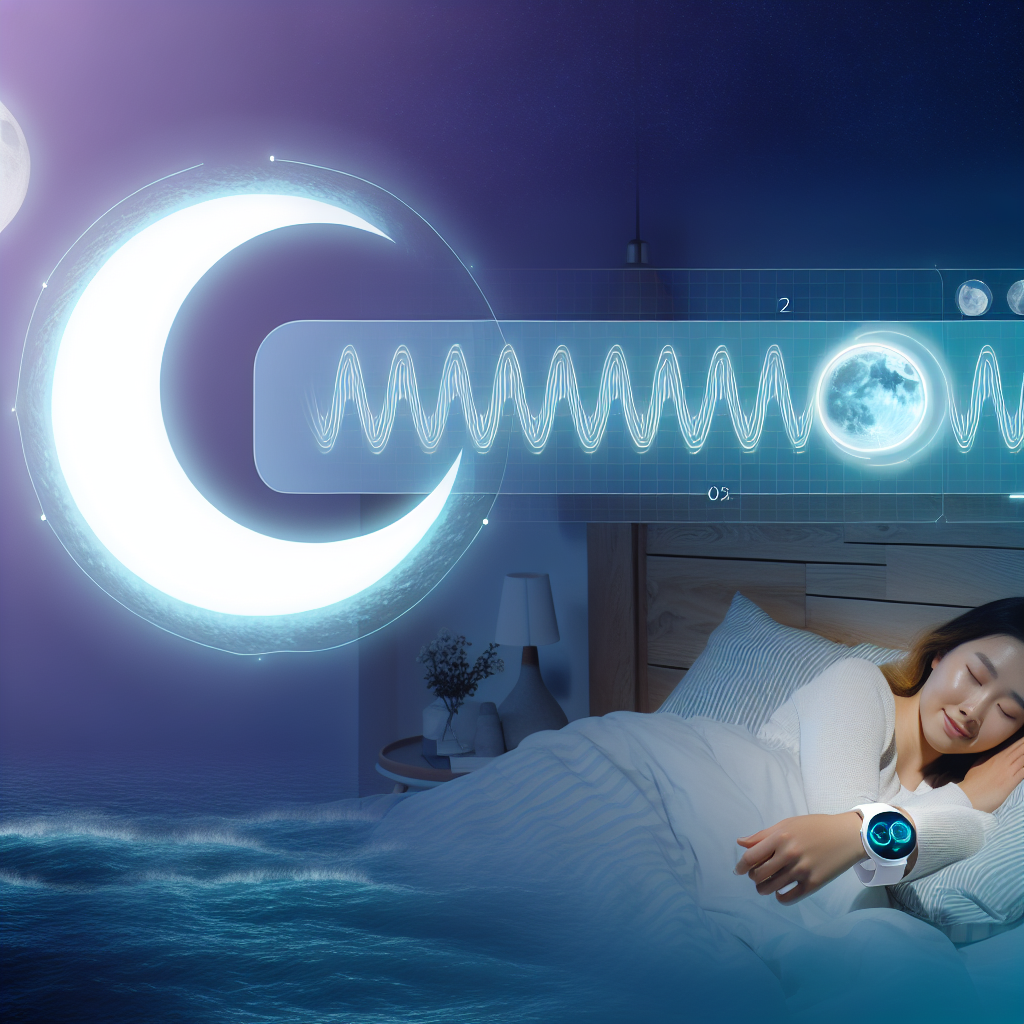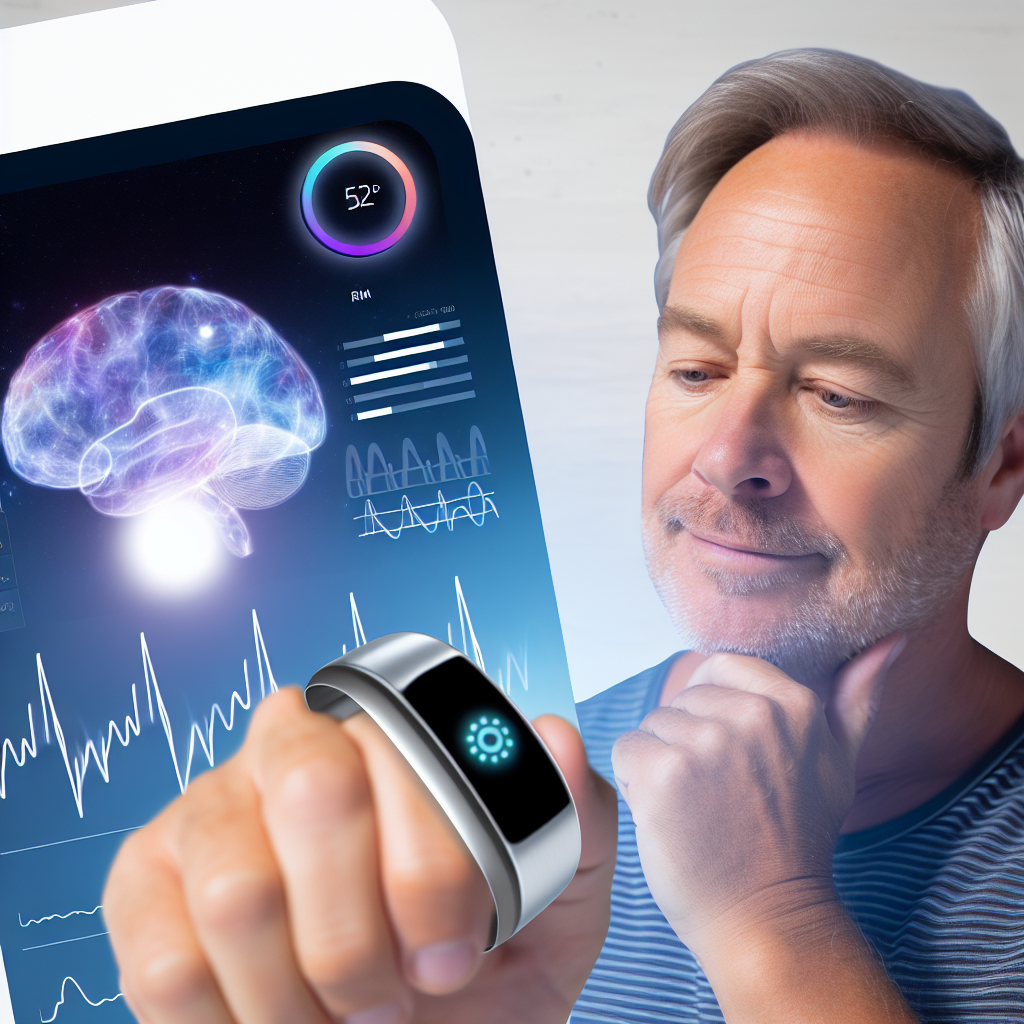Lucid Dreaming Devices: Reality Check Triggers During REM Sleep Phases
Introduction
Lucid dreaming is the phenomenon where a person becomes conscious of dreaming while still within the dream state. Recent scientific research supports the existence of lucid dreams and the use of lucid dreaming devices to intentionally induce them, particularly during REM (Rapid Eye Movement) sleep phases.
REM sleep is associated with vivid dreaming and is the phase most conducive to lucid dream occurrences. Lucid dreaming devices use reality check triggers, such as lights, vibrations, or sounds, to prompt the dreamer to recognize they are in a dream without waking up, facilitating a transition into lucid dreaming.
The Neuroscience Behind Lucidity: Brain Activity During Lucid Dreams
Research from the Max Planck Institute for Human Development has identified increased activity in the dorsolateral prefrontal cortex during lucid dreams, supporting the idea that consciousness within dreams can be trained or triggered with the right stimuli.
How Lucid Dreaming Devices Work: Light, Sound, and REM Detection
Lucid dreaming devices, such as the “Remee Sleep Mask” and “Neuroon Open” smart mask, use light-emitting diodes (LEDs) to flash subtle light patterns detectable during REM sleep. These light patterns are integrated into the dream narrative, serving as triggers for the reality checks that alert the dreamer they are in a dream.
Some devices, like the “iBand+” smart headband, utilize auditory cues such as binaural beats or pre-recorded affirmations to prompt reality checks within the dream.
Scientific Support: What the Research Says About Device Effectiveness
A randomized controlled trial found a statistically significant increase in lucid dream occurrence among participants using devices equipped with EEG sensors that detected REM phases and delivered stimuli accordingly, with up to a 25% increase in self-reported lucid dreams.
Lucid Dreaming as a Therapeutic Tool: From PTSD to Insomnia
Studies have explored the use of lucid dreaming for therapeutic interventions, such as treating recurrent nightmares in patients with PTSD. Controlled induction of lucid dreams through the aid of wearable devices was shown to reduce the emotional intensity of nightmares and offer dreamers a sense of control, improving both sleep quality and mental health.
The Future of Dream Hacking: Technology Meets Consciousness
Lucid dreaming devices represent a fusion of modern technology and ancient human curiosity, empowering users to explore lucidity with higher precision and control. As research continues, these devices may play an increasingly important role in sleep medicine by assisting those with sleep disturbances and contributing to more dynamic, conscious, and insightful dream experiences.
Summary: Lucid dreaming devices use reality check triggers during REM sleep to induce lucid dreams, where dreamers become aware they are dreaming. These devices leverage the science of brain activity during lucid dreams and have shown promise in therapeutic applications, such as treating PTSD-related nightmares. As research continues, lucid dreaming devices may become essential tools for sleep medicine and the exploration of human consciousness.
References:
1. Max Planck Institute for Human Development. “Lucid Dreaming: Awareness of Consciousness in REM Sleep.”
2. Voss, U., Holzmann, R., Tuin, I., & Hobson, A. (2009). “Lucid dreaming: a state of consciousness with features of both waking and non-lucid dreaming.” Sleep, 32(9), 1191–1200.
3. Mota-Rolim, S. A., & Araujo, J. F. (2013). “Neurobiology and clinical implications of lucid dreaming.” Medical Hypotheses, 81(5), 751-756.
4. Spoormaker, V. I., & van den Bout, J. (2006). “Lucid dreaming treatment for nightmares: a pilot study.” Psychotherapy and Psychosomatics, 75(6), 389-394.
5. University of Heidelberg, Sleep Research Center. “Induction of Lucid Dreams Through Wearable Technology: A Randomized Controlled Trial.” (2021).

Dominic E. is a passionate filmmaker navigating the exciting intersection of art and science. By day, he delves into the complexities of the human body as a full-time medical writer, meticulously translating intricate medical concepts into accessible and engaging narratives. By night, he explores the boundless realm of cinematic storytelling, crafting narratives that evoke emotion and challenge perspectives.
Film Student and Full-time Medical Writer for ContentVendor.com




